
Mozambique is visited by multitudes of tourists each year, and for good reason—the untamed white beaches, tropical weather, and the Quirimbas and Bazaruto Archipelagos. However, there is also a side of Mozambique that will appeal to history buffs, culture enthusiasts, and those seeking a wildlife experience off the beaten track.
Besides the indigenous populations of Mozambique, such as the Makua, Shona, and Tsonga, the Portuguese colonized the country in the late 15th century and governed Mozambique until its independence in 1975. Trade in gold and ivory brought Arab traders to the region, and Indian and Goan communities settled in urban areas like Maputo and Beira, working in commerce and administration. With this rich history of people groups and culture, Mozambique has much more to offer visitors than meets the eye.
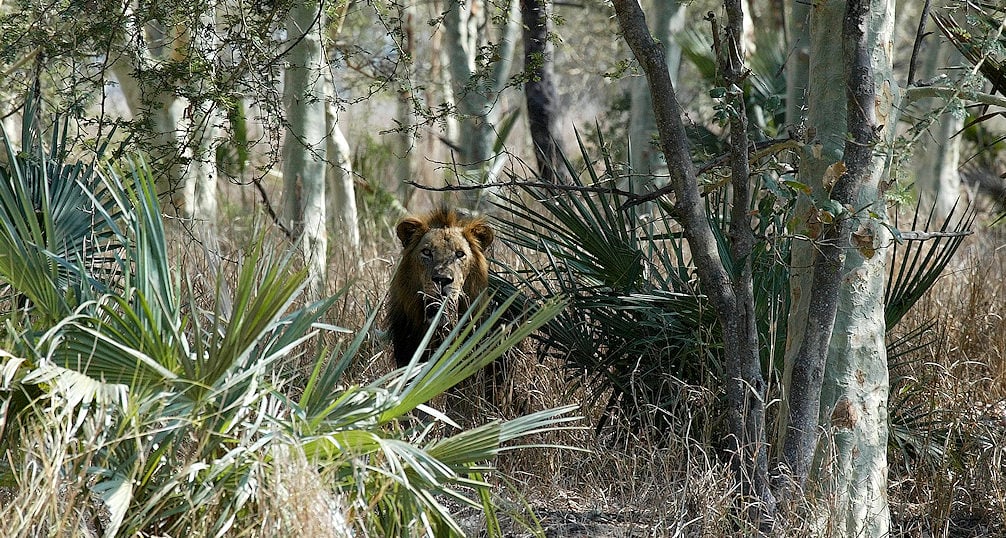
Established in 1920, Gorongosa was once a thriving biodiversity, but the civil war (1977–1992) devastated the region, leading to widespread poaching and habitat destruction.
The Gorongosa Restoration Project launched major conservation efforts in the early 2000s, reintroducing plant and animal species to the area. Today, elephants, lions, hippos, diverse antelope species, and many more once again thrive in the park. Currently, Gorongosa is home to four of the Big Five, but there are plans to reintroduce rhinos in the future. If successful, visitors will once again be able to see these incredible animals in their natural habitat.
Thanks to these conservation projects travelers can on once again visit Gorongosa National Park and enjoy game drives, bushwalks, birdwatching and cultural interaction in ecosystems consisting of savanna, woodlands, seasonal floodplains (Lake Urema), and rainforests.
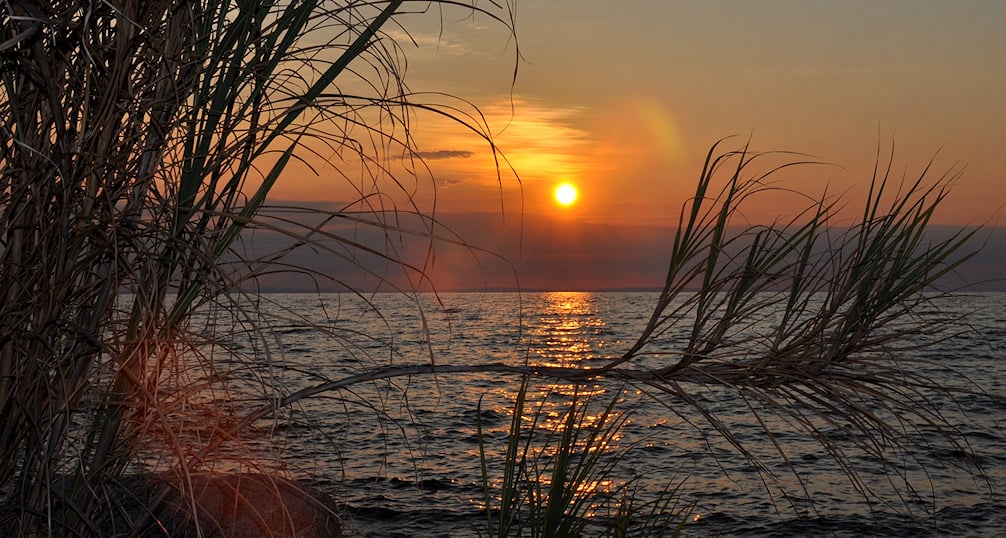
Covering a vast area of 42,000 km², Niassa is the largest protected area in Mozambique.
It was originally established as a hunting concession in 1960 by the Portuguese and suffered the same fate as Gorongosa National Park during the civil war. The attraction of the park lies in its remoteness, untamed wilderness, and being away from the crowds, which creates a more intimate safari experience. Like Gorongosa, Niassa is home to four of the Big Five, with the exception of the rhino. The reserve is now classified as a Special Reserve, with a focus on conservation. Lake Nyasa (Lago Niassa / Lake Malawi) is to the north of the reserve, and while not within its borders, it is a large and important body of water that influences the reserve. It covers an area of 30,044 square km (11,430 square miles) and is about 580 km (360 miles) long. The lake is shared by Mozambique, Tanzania, and Malawi along their borders.
Visitors can expect to see a diverse range of animals, including many antelope species, lions, elephants, buffalo, leopard, 400 bird species, wild dogs, hippos, and an endemic wildebeest subspecies unique to the region. There are many activities on offer in the reserve, such as walking safaris, game drives, and birdwatching.
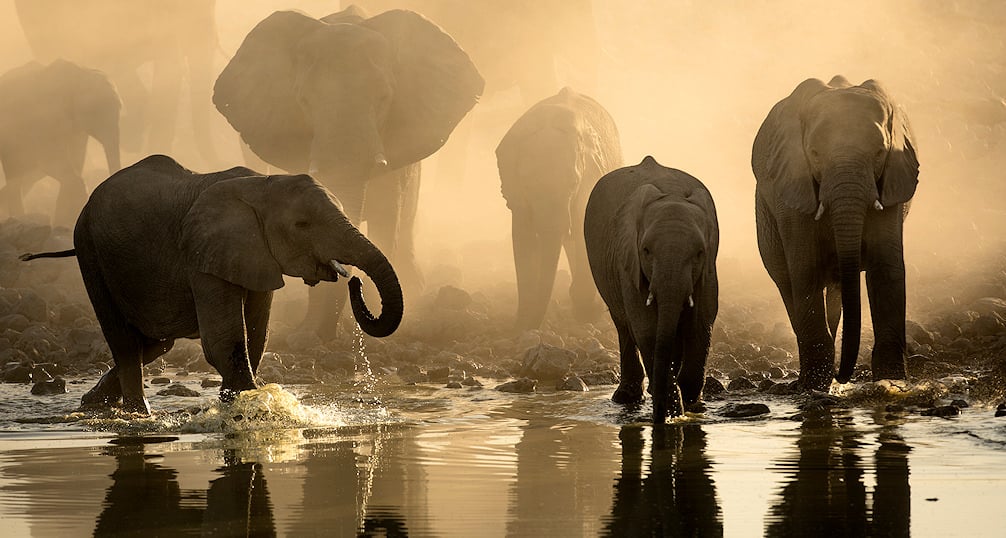
Formerly a hunting reserve, Limpopo National Park was reclassified as a national park in 2001. The park shares a border with the famous Kruger National Park in South Africa and is often used by travelers as a rest point before heading off to tropical beach vacations along the coastline of Mozambique.
The park covers an area of over one million hectares, with the Shingwedzi River flowing through its center, supporting a diversity of wildlife and habitats. Limpopo National Park is home to the Big Five and many other popular animals including cheetah, black-backed jackal, banded mongoose, pangolin, roan antelope, suni and hippopotamus. Visitors can expect to see these animals while taking part in various safari activities, most notably bushwalks and game drives.

Ilha de Moçambique (Mozambique Island) is a small island located off the northern coast of Mozambique that hosted a Portuguese trading post in the late 15th century.
It is now a UNESCO World Heritage Site and a popular tourist destination for those interested in history, culture, and colonial architecture. The Fort of São Sebastião, built to protect the trading post, is located on the island and is of great interest to military architecture enthusiasts. Other notable historical sites to consider include the Church of São Paulo, the Palácio do Governador, and the Mercado de Escravos (Slave Market). Since Ilha de Moçambique is an island 3 km off the mainland, you can expect the added bonus of pristine beaches, watersports, and activities such as diving and snorkeling.
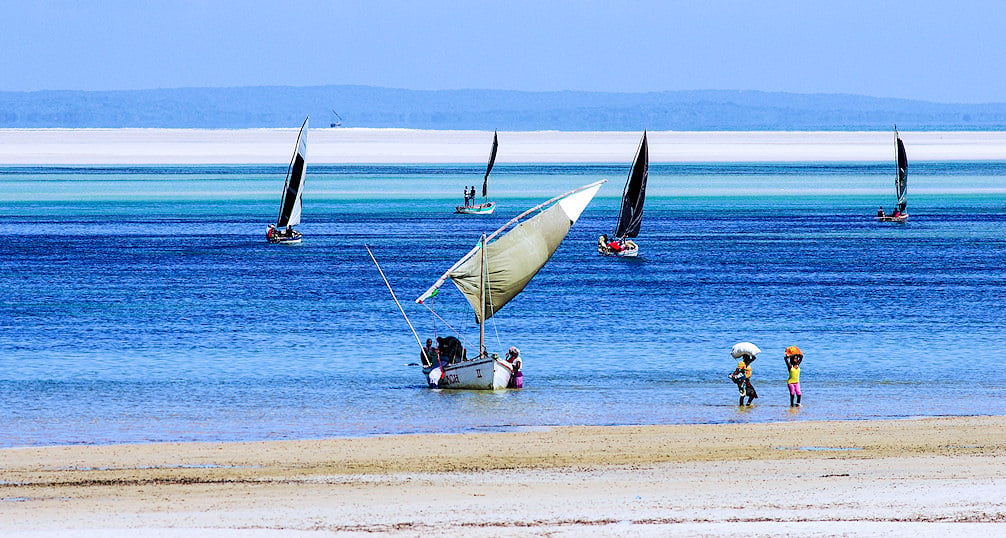
Inhambane City, located on the southeastern coast of Mozambique, is a hidden gem rich in culture, history, and natural beauty. Once an important trading hub for the Arabs and Portuguese, it retains a heritage of colonial buildings. The Cathedral of Our Lady of the Conception is a popular tourist attraction, and many visitors enjoy the stunning views from its bell tower. The Mercado Central is the place to go if you are seeking an authentic local experience with markets and traditional cuisine.
Tofo Beach and Barra Beach are the prime shores near Inhambane for scuba diving and snorkeling, providing the opportunity to encounter manta rays, whale sharks, and vibrant coral reefs. Activities like dhow sailing and birdwatching can also be enjoyed at the estuary of Inhambane Bay.
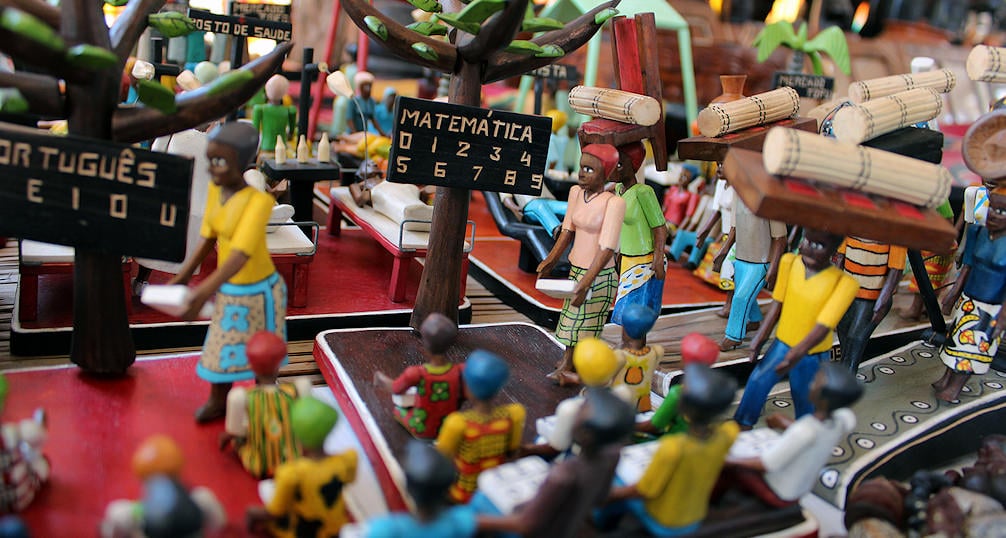
Although the main attraction of Pemba is the pristine coastline of Mozambique, with many tourists flocking to Pemba Bay for beach holidays, snorkeling, island-hopping and scuba diving, there is also a rich historical and cultural side to the capital of Cabo Delgado Province.
If you're looking for a quieter spot, away from the crowds and offering more interaction with the locals, Pemba Old Town may be the place for you. The markets are filled with crafts, spices, and fresh produce, and you can enjoy seafood at the many local restaurants. Historical sites like the Fort of São João and other Portuguese colonial buildings provide a glimpse into Pemba's past, when traders, colonists, and indigenous peoples began to settle in the region.
Other attractions include the Ponta Romero Lighthouse and the historic town and fort ruins on Ibo Island, which is home to local Swahili and Makhuwa communities.